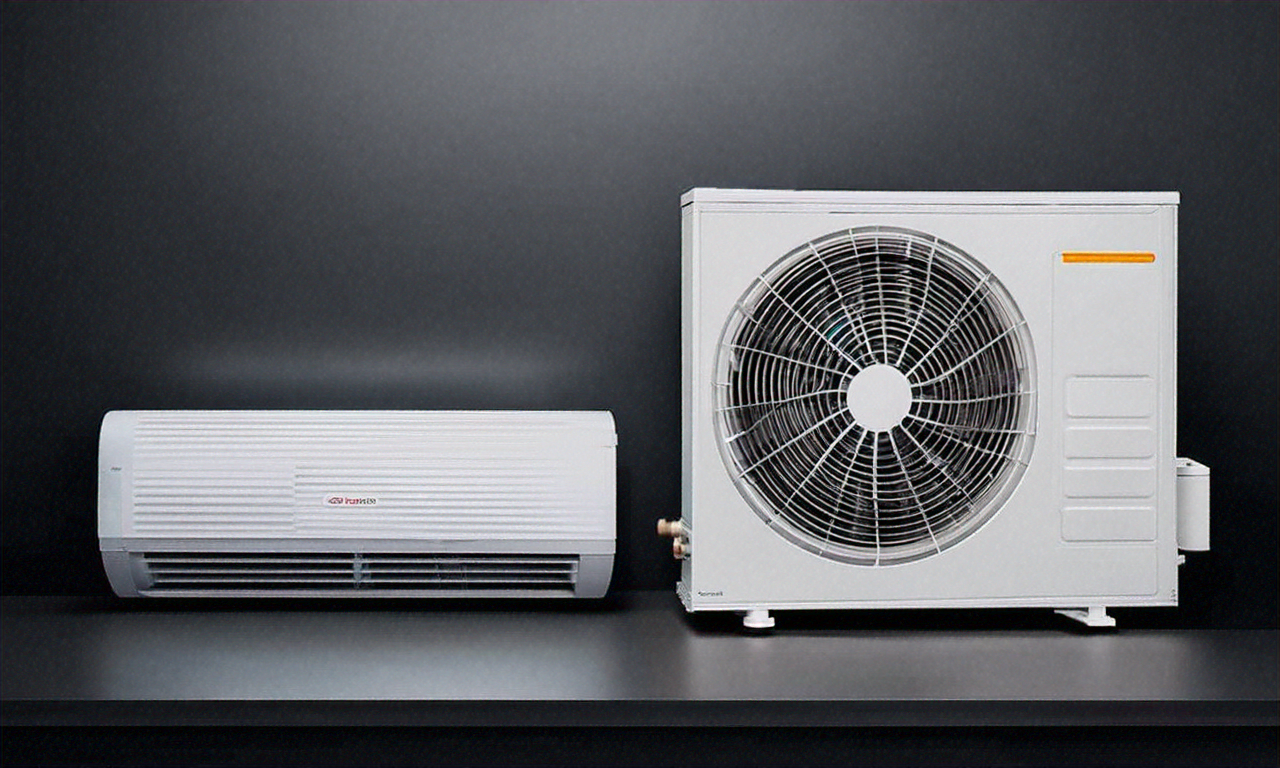Choosing the Right Air Conditioner in 2025: What to Know Before You Buy
As temperatures rise, choosing an air conditioner involves more than just picking the first available model. Factors such as energy efficiency, cooling capacity, unit type, and noise level all contribute to long-term comfort and savings. This guide outlines key considerations to help identify the most suitable air conditioning solution based on space, climate, and budget. Understanding these elements can lead to smarter decisions and improved indoor comfort.

Understanding Cooling Capacity and BTU Requirements
Before selecting an air conditioner, it’s essential to calculate the proper cooling capacity needed for your space. BTU (British Thermal Units) measurements determine an AC unit’s cooling power. Generally, you’ll need about 20 BTU per square foot of living space. However, factors like ceiling height, window exposure, and local climate can affect this calculation. A properly sized unit ensures optimal efficiency and comfort while avoiding excessive energy consumption.
Comparing Portable vs. Split AC Systems
Portable and split AC systems each offer distinct advantages for different living situations. Portable units provide flexibility and require no permanent installation, making them ideal for renters or smaller spaces. Split systems, while requiring professional installation, typically offer superior efficiency and quieter operation. These systems consist of an outdoor compressor unit and one or more indoor air handlers, allowing for customized cooling zones throughout your home.
Energy Efficiency Features and Ratings
Modern air conditioners come with various energy-saving features that can significantly reduce operating costs. Look for units with high SEER (Seasonal Energy Efficiency Ratio) ratings—the higher the SEER number, the more energy-efficient the system. Smart thermostats, variable-speed compressors, and programmable settings can further optimize energy consumption while maintaining desired comfort levels.
Noise Considerations for Urban Living
For apartment dwellers and those in close-quarter living situations, noise levels are a crucial factor. Many manufacturers now offer quiet air conditioners specifically designed for residential use. Look for units with noise ratings below 60 decibels for optimal comfort. Split systems typically operate more quietly than portable or window units, as their noisiest components are located outside.
Cost Analysis and Market Comparison
| AC Type | Average Cost Range | Installation Cost | Annual Operating Cost |
|---|---|---|---|
| Window Unit | $150-$500 | $75-$200 | $30-$100 |
| Portable AC | $250-$700 | $0-$50 | $50-$150 |
| Split System | $1,500-$3,500 | $500-$2,000 | $100-$300 |
| Central AC | $3,000-$7,000 | $2,000-$4,000 | $150-$400 |
Prices, rates, or cost estimates mentioned in this article are based on the latest available information but may change over time. Independent research is advised before making financial decisions.
Tips for Reducing Summer Electricity Costs
Implementing strategic usage patterns can significantly reduce cooling costs. Regular maintenance, including filter cleaning and professional servicing, ensures optimal performance. Using programmable schedules, maintaining proper insulation, and combining AC use with ceiling fans can help minimize energy consumption while maintaining comfort levels.
Choosing the right air conditioner involves carefully weighing various factors including space requirements, energy efficiency, noise levels, and budget considerations. By understanding these key elements and how they align with your specific needs, you can make an informed decision that provides reliable cooling while maintaining reasonable operating costs. Remember to consider both immediate and long-term expenses when making your final selection.




